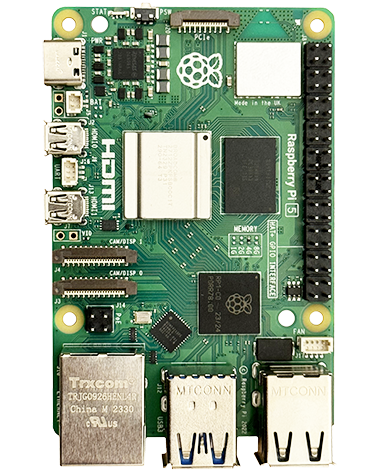By default the OS will attempt to pick the most suitable resolution for a connected HDMI monitor. You can also select a setting yourself
Viewing Resolutions Supported By Your Monitor
tvservice -d edid
edidparser edid
Editing The Config File
sudo nano /boot/config.txt
If hdmi_mode and hdmi_group are commented out (# character at the start of the line) then the RPi will automatically select the resolution. Un-comment them and select a pair of values from http://elinux.org/RPi_config.txt which your monitor supports to use a fixed value.
Save and exit using CTRL+X, then reboot:
sudo shutdown -r now
USEFUL?
We benefit hugely from resources on the web so we decided we should try and give back some of our knowledge and resources to the community by opening up many of our company’s internal notes and libraries through resources like this. We hope you find it helpful.
Please feel free to comment if you can add help to this page or point out issues and solutions you have found, but please note that we do not provide support here. If you need help with a problem please use one of the many online forums.


5 years ago
You can more easily see your display modes using “tvservice -m CEA” and “tvservice -m DMT”, depending on whether you are connected to a TV (CEA) or computer monitor (DMT).
You can also reboot the pi using “sudo reboot”. Similarly, shutting it down is simply “sudo poweroff”.